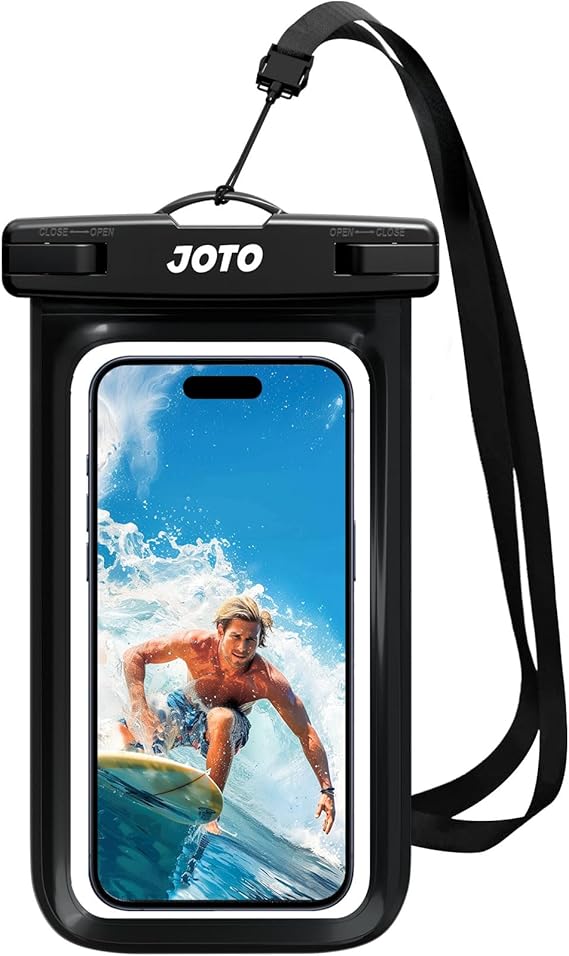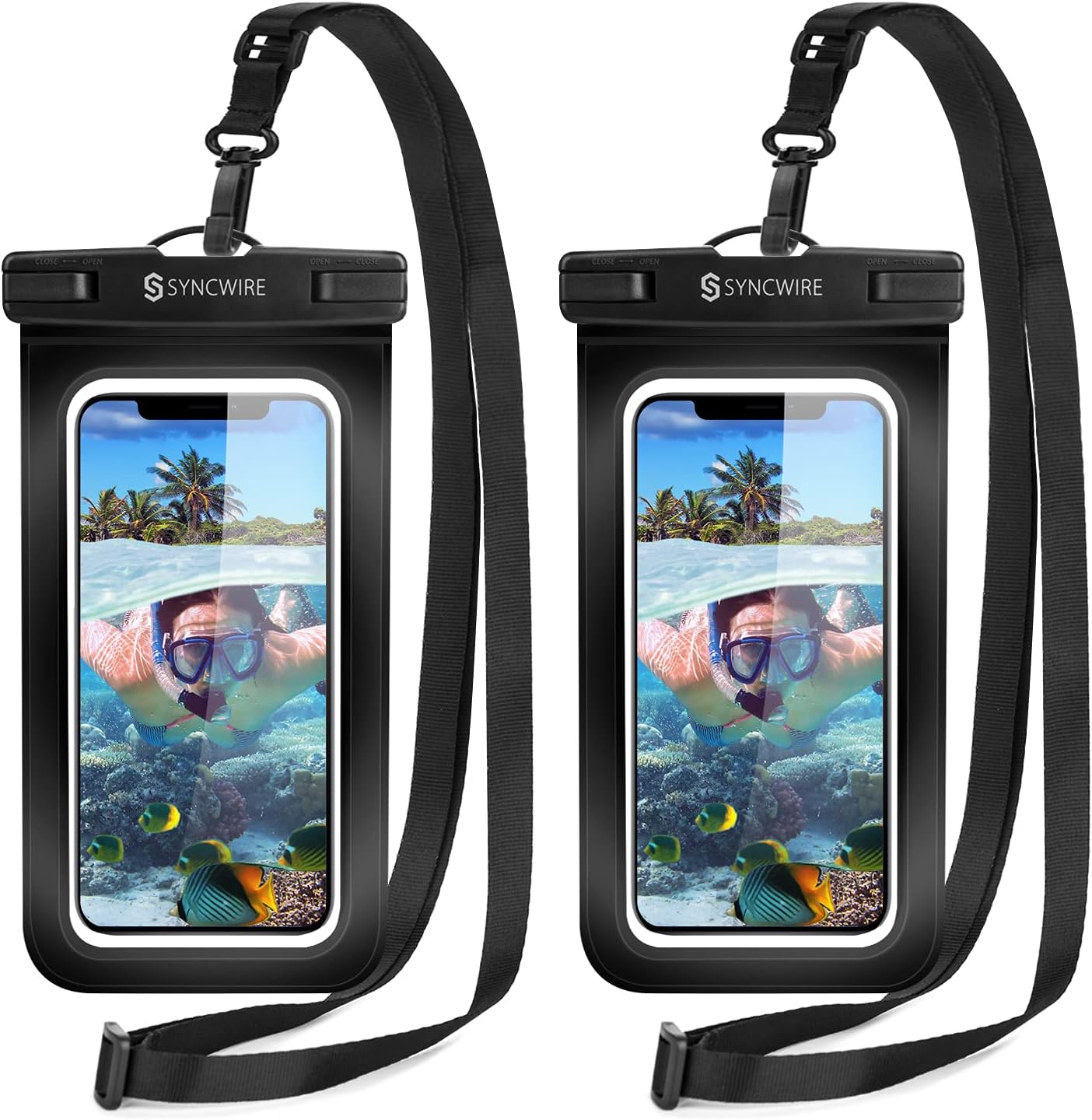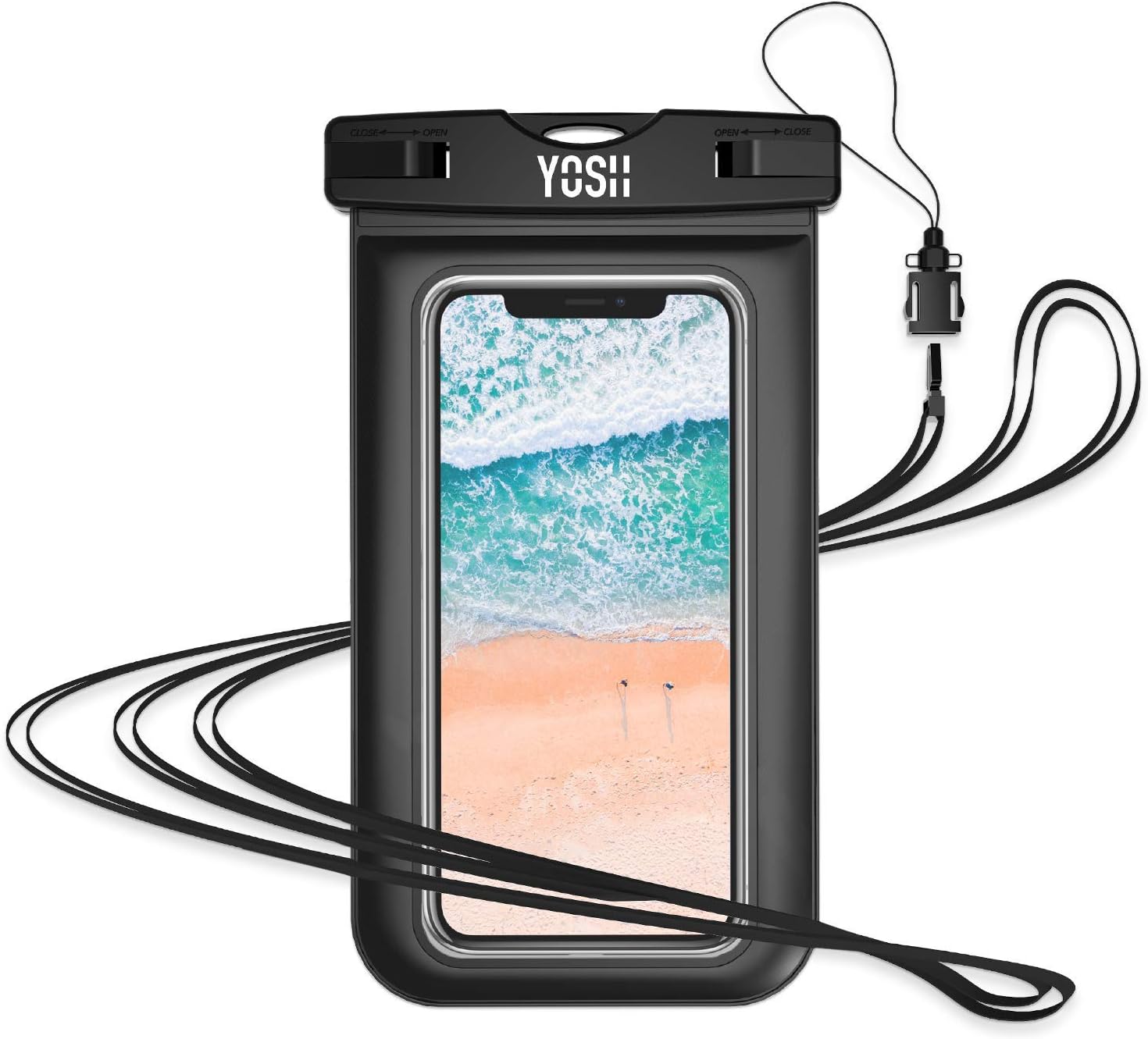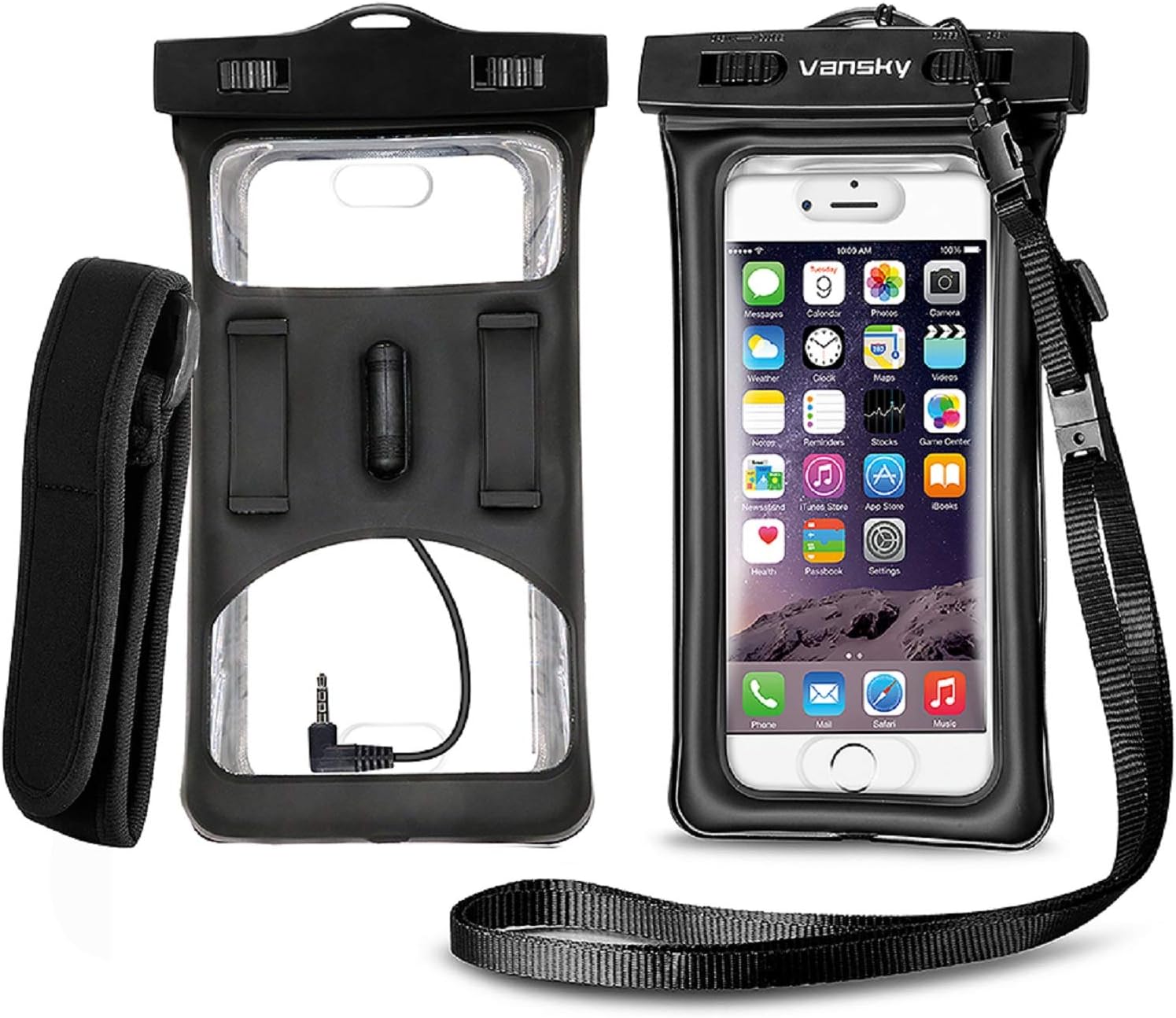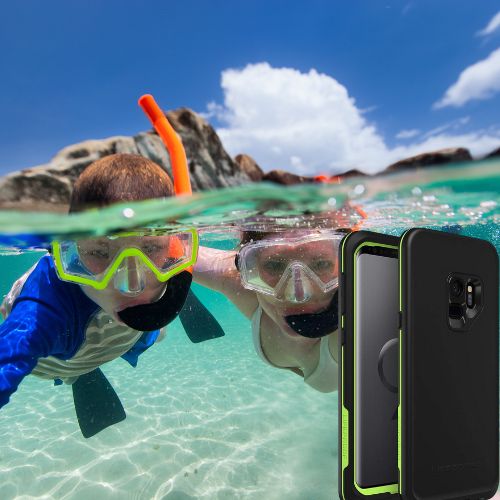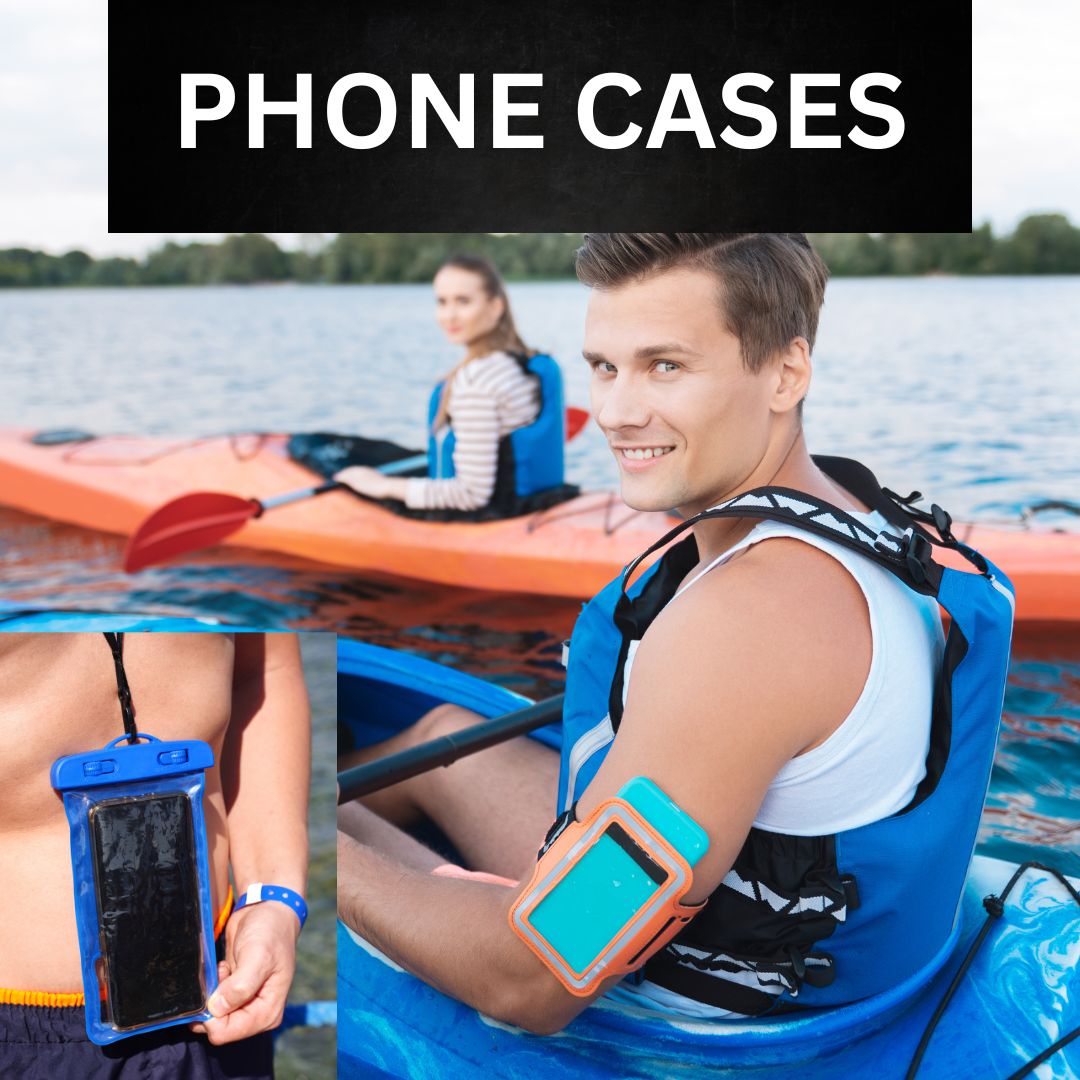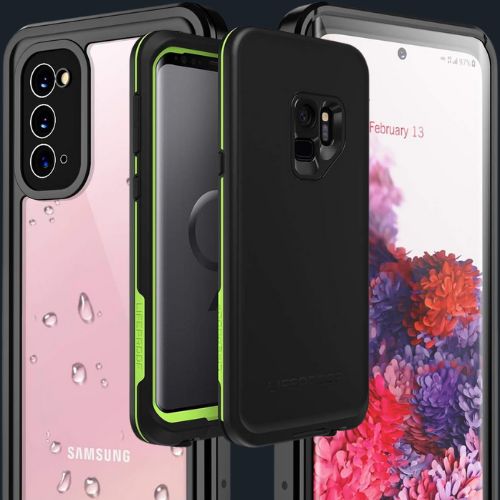Can Waterproof Phone Cases Be Submerged? – What You Should Know
Can waterproof phone cases be submerged? Well, it’s the question that keeps us all awake at night, especially when you’re eyeing that clear blue ocean, phone in hand, wondering if the case you bought is as trustworthy as the manufacturer claims.
Spoiler alert: not all waterproof cases are created equal. But hey, if you’re like most of us, you’ve probably already tested this out – maybe with mixed results. And that’s why you’re here, trying to figure out if you can actually dunk your phone into the water without turning it into an overpriced paperweight.
Can Waterproof Phone Cases Be Submerged – Waterproof vs. Water-Resistant: What’s the Difference?
So, can waterproof phone cases be submerged? Well, yes, but not all are created equal. There’s a big difference between “waterproof” and “water-resistant,” and it’s one of the main sources of confusion. You might think they’re interchangeable, but that’s not the case.
Water-resistant means your phone is protected from splashes and maybe some light rain, but a good dunk? Not so much. On the other hand, waterproof means that the case should be able to handle some serious underwater action. But how much and for how long? That’s where the Ingress Protection (IP) rating comes in.
You’ve probably seen IP67 or IP68 on the packaging and wondered what it actually means. Here’s a quick breakdown:
- IP67: Your case can handle being submerged in up to 1 meter of water for 30 minutes.
- IP68: This one’s a bit better, giving you up to 1.5 meters of water for the same amount of time.
So, if you’re planning on taking your phone for a swim, be sure to check that rating first!
Can Waterproof Phone Cases Be Submerged? – Expectation Vs, Reality
|
|
|
|
When people search Can waterproof phone cases be submerged?, they’ve usually got some high expectations. After all, if a case is labeled waterproof, shouldn’t it be able to survive a dip in the pool or a quick snorkeling adventure?
Let’s look at some of the most common expectations – and how reality stacks up.
1. Waterproof Means Submersion Proof
If you’ve bought a waterproof case, you’re probably expecting it to keep your phone safe underwater, no questions asked. That’s a fair assumption, right? Well, the truth is, most cases are only designed for shallow submersions, like a quick dip in the pool or a drop in the bathtub.
Not all waterproof cases are made for deep dives. Sure, they might handle a little splash or a brief submersion, but go too deep or stay underwater too long, and you’re flirting with disaster.
For those who want more protection, look for an IP68-rated case. Brands like Catalyst and Ghostek make cases that are designed for deeper water. Catalyst, for example, offers protection up to 10 meters (yes, you read that right), making it a great option for snorkeling or diving.
So, next time you’re headed for some underwater fun, make sure your case is up to the task.
READ ALSO: How To Choose The Best Waterproof Phone Case For Beach Trips
2. My Waterproof Case Should Work in Any Water
A lot of people think that if a waterproof case works in a pool, it’ll be fine in the ocean, a lake, or even a river. Unfortunately, that’s not always true. Saltwater, for example, is much harsher on materials than freshwater. It can wear down seals and cause leaks over time.
If you’re planning on taking your phone into the ocean or any saltwater environment, choose a case that’s made for it. Brands like LifeProof and Hitcase Shield LINK are known for their durability in different water conditions.
And don’t forget to rinse your case with fresh water afterward! It’s a simple step, but it can help keep the seals in good condition and extend the life of your case.
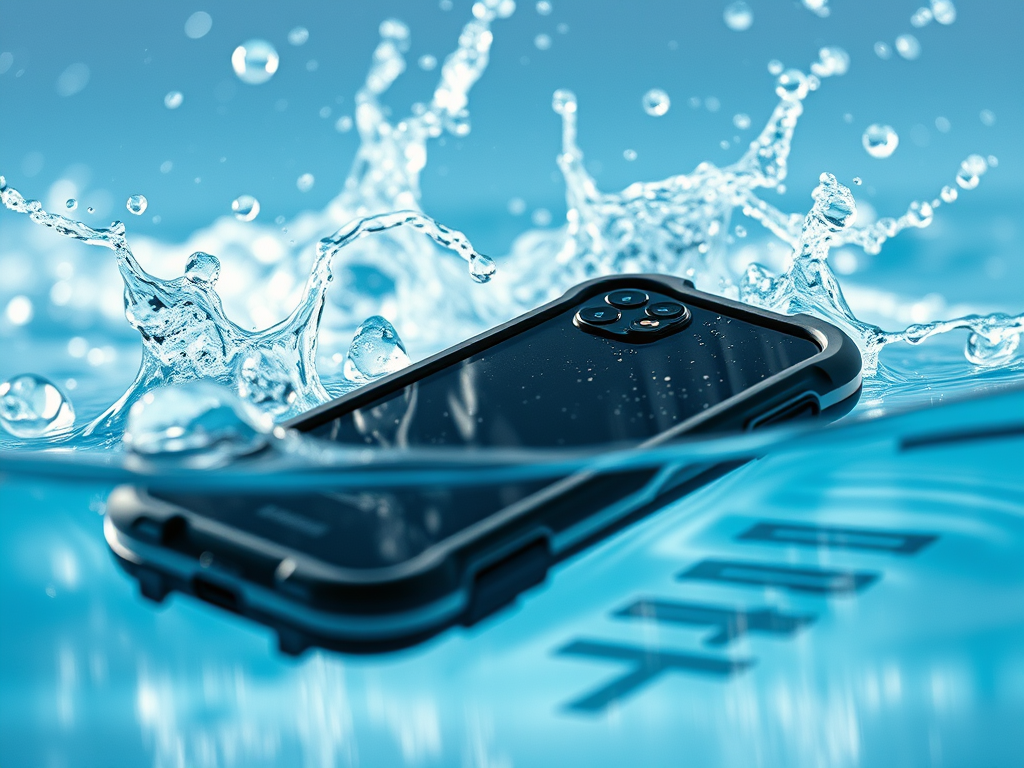
3. My Waterproof Case is Practically Indestructible
We’ve all been there: You buy a waterproof case and expect it to be bulletproof. If it can handle water, it can handle anything, right? Well, not quite. Even waterproof cases can crack or wear out over time, especially if they’re subjected to drops or rugged environments.
If you’re someone who tends to drop your phone a lot (no judgment!), look for cases that are not only waterproof but also shockproof and impact-resistant.
The Ghostek Nautical is a great example, offering protection from both water and drops. Always give your case a quick inspection before you use it, and if you see any cracks or damage, replace it before taking it underwater.
4. No Maintenance Required
Some people expect that once they have a waterproof case, they won’t need to worry about maintenance. However, cases need to be maintained to ensure their seals stay functional. This includes cleaning off dirt or sand, which can degrade the seal over time.
Regularly check your waterproof case for wear and tear. Clean it after every use, especially if you’ve exposed it to saltwater or sand. Make sure the seals are free from any debris.
You might also want to test the case before submersion by doing a “paper test.” Place a piece of paper inside the case, submerge it in water, and check for leaks. It’s a simple way to ensure your case is still fully waterproof before risking your phone.
READ ALSO: Pros And Cons Of Using Waterproof Phone Cases In Saltwater
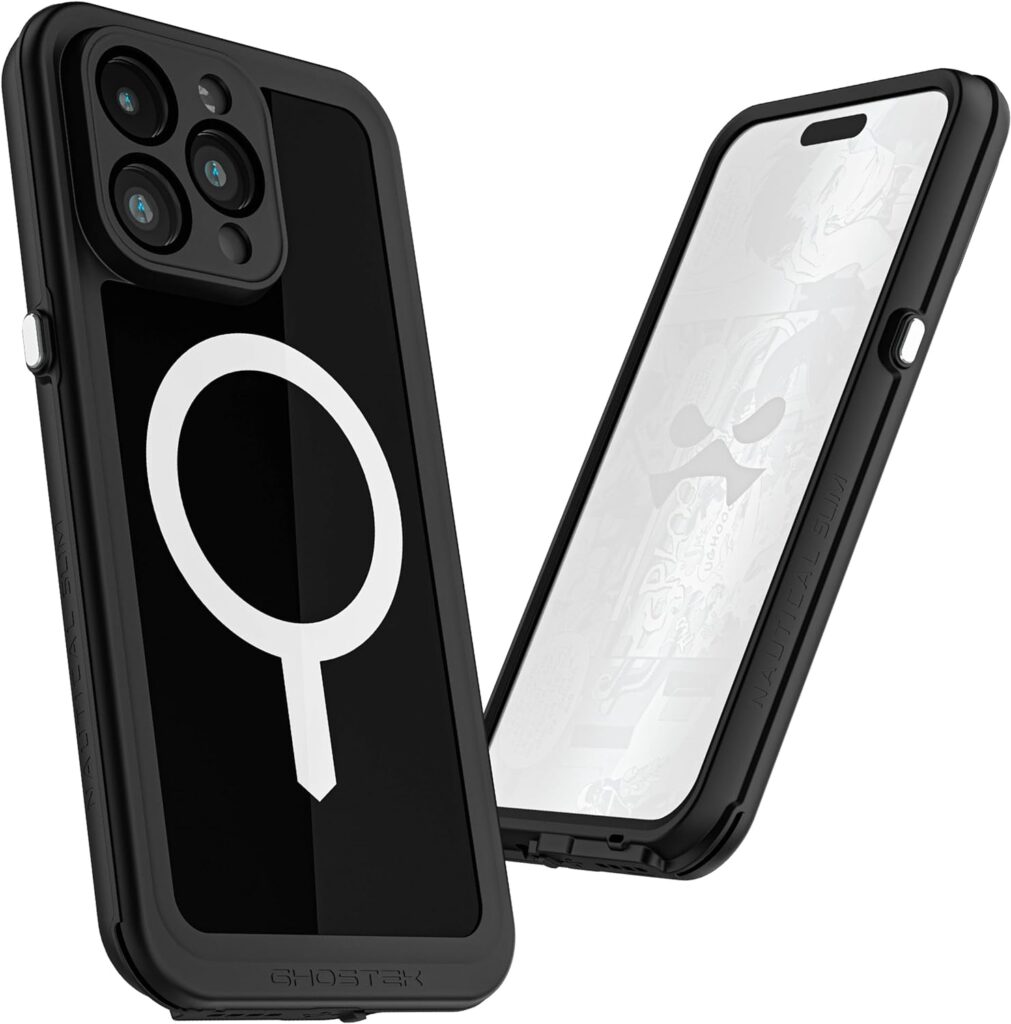
The Problems with Phone Case Submersion
By now, you might be thinking, “Wait, I’ve seen cases advertised as waterproof, but they didn’t live up to the hype!” You’re not alone.
When people search Can waterproof phone cases be submerged? it’s often because they’ve experienced the frustration of a case that didn’t perform as expected. Let’s break down some of the biggest frustrations – and how to avoid them.
1. Misleading Marketing
One of the most frustrating things about waterproof phone cases is how they’re marketed. It’s easy to see the word “waterproof” and assume that means your phone is completely safe underwater, but sometimes, that’s not really the case.
Hint
Always look for the IP rating. If a case doesn’t have one, it’s probably not fully waterproof, no matter what the packaging says. Stick to reputable brands, which provide clear details about how much water their cases can handle and for how long.
2. Limited Depth and Time
Another common issue is that many waterproof cases can only handle being submerged for a short period or at shallow depths. If you try to take your phone deeper than the case is rated for, you might end up with water damage.
Hint
If you’re planning to be in the water for longer than 30 minutes or at depths greater than 1.5 meters, invest in a case that’s built for the job. The Catalyst Waterproof Case is rated for submersion up to 10 meters, and it’s one of the best options if you’re going to be underwater for extended periods.
3. Phone Overheating Inside the Case
Submerging a phone in a waterproof case can lead to overheating, especially if the phone is running multiple apps. The case can trap heat, which might not be noticeable until the phone becomes sluggish or shuts off.
Hint
Choose cases designed with heat-dissipation features, such as Hitcase Shield LINK. If you notice your phone heating up, turn off unnecessary apps, and take breaks from submerging your phone in warm environments like hot tubs.
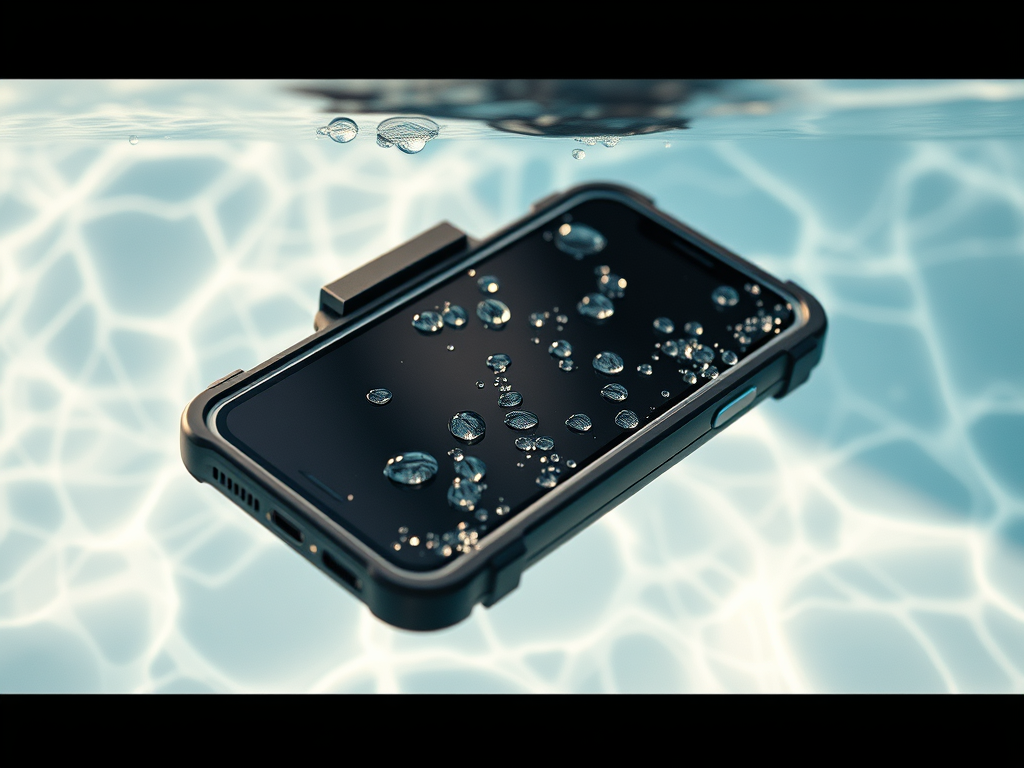
The Science Behind Waterproofing: What You Need to Know
Let’s get a little nerdy for a moment and talk about the science behind waterproof cases. Understanding this can help answer Can waterproof phone cases be submerged with a lot more confidence.
IP Ratings: The Real MVPs
IP ratings are the gold standard when it comes to measuring how waterproof a phone case really is. The first number (like the “6” in IP67) refers to dust protection, while the second number (like the “7” in IP67) refers to water protection. So, when you see IP68, that’s about as good as it gets for consumer-level waterproofing.
Manufacturers like LifeProof and Ghostek put their cases through rigorous testing, and some users do their own tests, too. One common method is the paper test: putting a dry piece of paper inside the case, submerging it, and checking for leaks afterward. If the paper comes out dry, the case is good to go.
But even the best waterproof cases have their limits. For instance, if you’re in warm water or using your phone for too long, the case can trap heat and cause your phone to overheat. So, while waterproof cases are great, they’re not invincible.
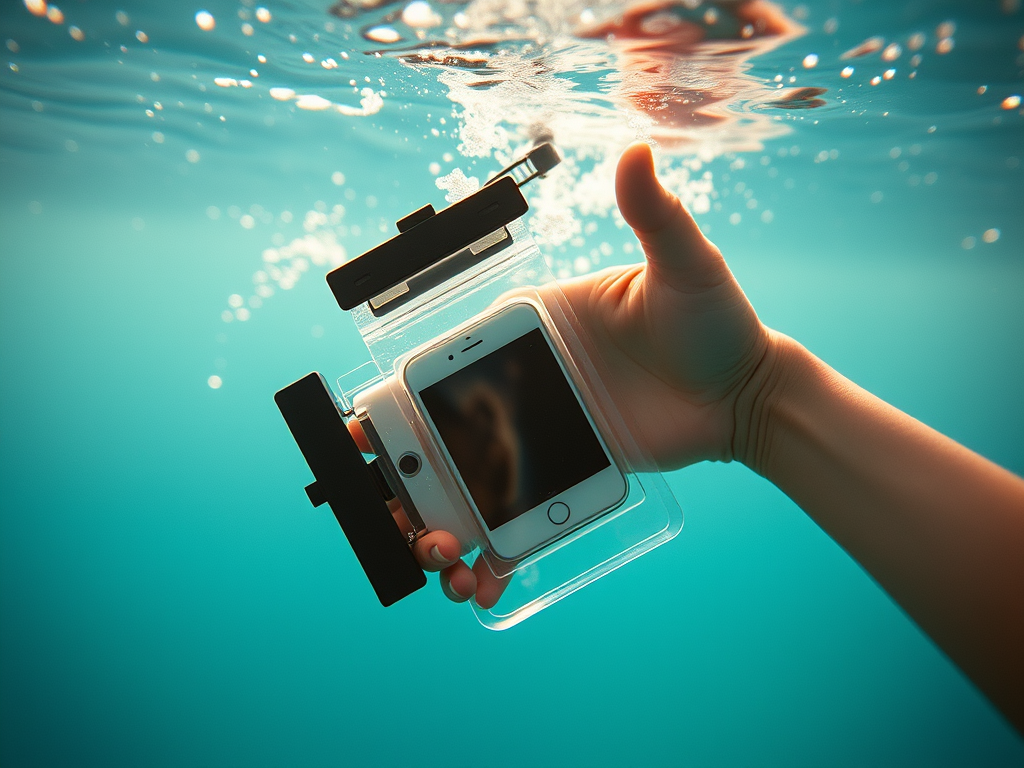
How to Ensure Your Case Stays Waterproof
Now that you know a little more about how waterproof cases work, let’s talk about what you can do to make sure your phone stays dry when submerged.
1. Test Before You Trust
Before taking your phone for a swim, it’s a good idea to test the case. Do a quick paper test or submerge the case without the phone in it first. This will give you peace of mind and help you spot any potential issues.
2. Maintain Your Case
Waterproof cases can lose effectiveness over time, especially if exposed to rough conditions. Make sure to inspect your case regularly for any cracks or damage, and replace it if needed. After taking your phone in saltwater, always rinse the case with fresh water to keep the seals in good shape.
3. Choose the Right Case for the Job
If you’re planning on spending a lot of time underwater, it’s worth investing in a high-quality case. Some great options include:
These cases are built to withstand more extreme conditions, so you can focus on enjoying your time in the water without worrying about your phone.
- Best Waterproof Phone Case For Samsung Galaxy S Series
- Top-Rated Waterproof Phone Cases For iPhone
- Best Waterproof Phone Cases For Kayaking
- Best Waterproof Phone Pouch – Conquer Any Adventure
The Bottom Line on Can Waterproof Phone Cases Be Submerged?
So, can waterproof phone cases be submerged? Absolutely! But like anything, it depends on the case and how it’s used. Whether you’re taking a quick dip in the pool, going for a swim in the ocean, or even diving deep underwater, knowing your case’s limits and maintaining it properly is key to keeping your phone safe and dry.
DON’T MISS THIS TOO: Do Waterproof Phone Cases Really Work?
